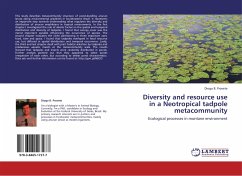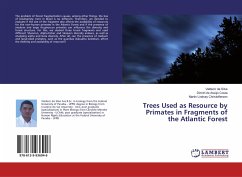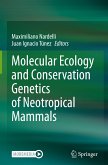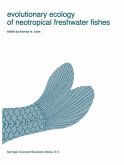This study describes metacommunity structure of pond-dwelling anuran larvae along environmental gradients in Southeastern Brazil. It represents an important step towards understading what regulates the diversity and distribution of anuran amphibians in tropical environments. In the first chapter I investigated the role of abiotic factors in the spatial and temporal distribution and diversity of tadpoles. I found that canopy cover was the monst important variable influencing the occurrence of species. The second chapter evaluates the niche partitioning in three important axes: food, time and space. I found that tadpoles overlaped in food resource use, but differed in spatial distribution and temporal occurrence. Lastly, the third and last chapter dealt with joint habitat selection by tadpoles and predaceous aquatic insects at the metacommunity scale. The results showed that tadpoles and insects were randomly distributed in ponds. Further analysis pointed out that they appeared to select ponds irrespective of each other, but according to similar pond characteristics. Data sets and further information can be found at: http://goo.gl/RdtZO








